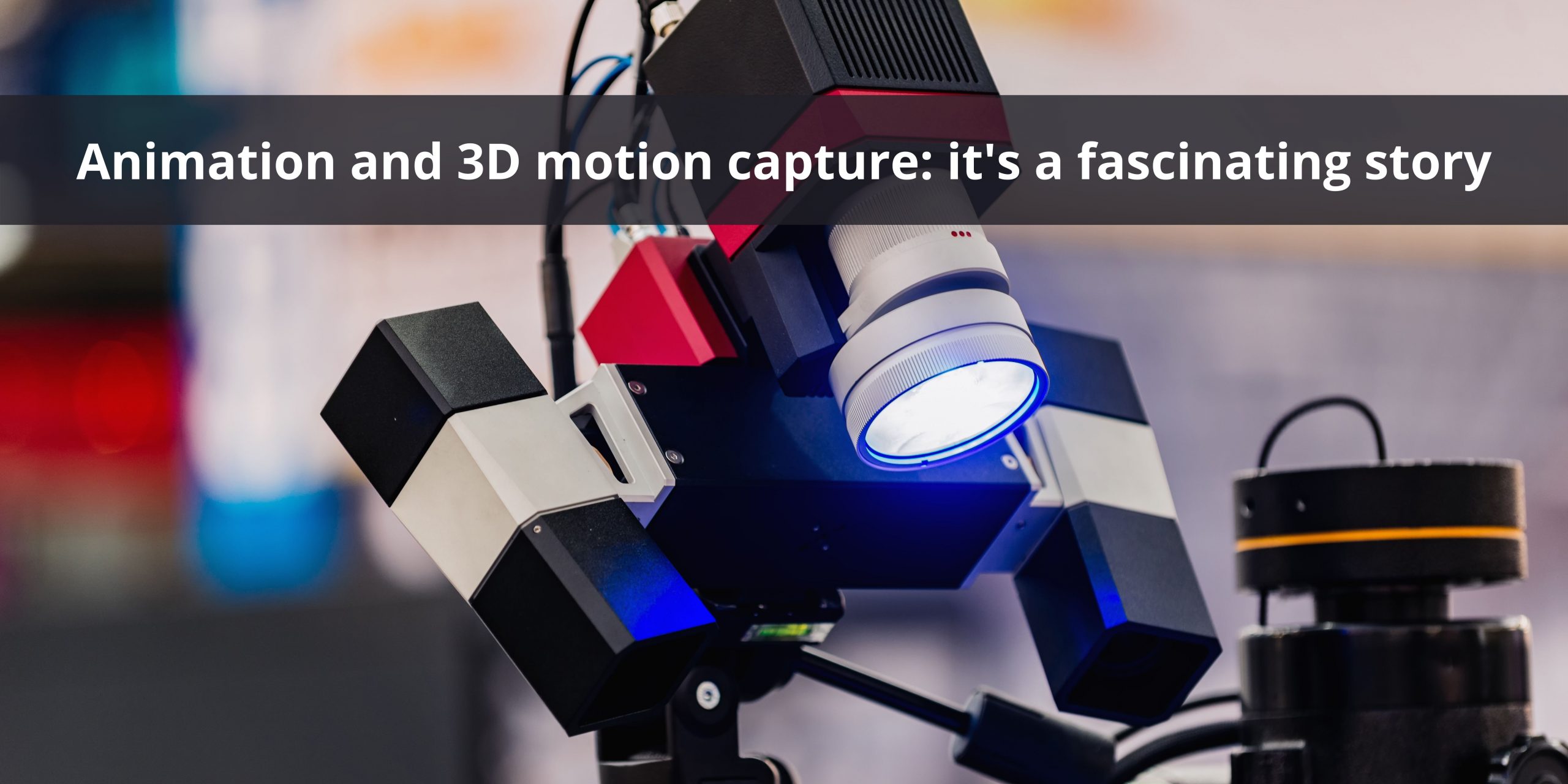Animation And 3D Motion Capture: It’s A Fascinating Story

One of the best-known examples of a 3D motion capture system in cinema is Andy Serkis’s portrayal of Sméagol ‘Gollum’ in Lord of the Rings. However, the innovative technology did not begin or end with the great adventure to Mordor. Mocap is a technology that has existed since the 19th century, before cinema. According to the Yellow Brick Road podcast of Goodbye Kansas, motion capture could have even spurred the creation of cinema.
Motion Capture, or Motion Tracking or simply Mocap, is a type of animation in 3D. Typically, it involves filming sensors on every pivot point on the actor’s or actress’s body to translate human movement into a digital form. These videos are recorded and later converted into a 3D model.
The Story Began with A Man on A Horse
Eadweard Muybridge brought us one of the earliest examples of motion capture with his invention of the motion recorder. As a photographer, Muybridge bridged the gap between still photography and recorded movement when he devised a method of taking images of a moving subject – a horse on a racetrack – in rapid succession. In addition to enabling viewers to evaluate the horse’s movements and position, these images created a video sequence showing the horse’s motion, creating the world’s first moving image.
Muybridge’s work led to the birth of cinema, inspiring and influencing generations of others apart from creating motion capture.
A Clown Brought Motion Capture to Life for Animation
A famous animator and creator of shows like Popeye and Betty Boop, Max Fleischer invented rotoscoping in 1915. Rotoscoping is a method of painting over live-action film footage to create the illusion of realistic movement in an animated character. Using footage of his brother dressed in a clown costume dancing on the roof, he traced that footage over Koko the Clown.
Especially as soon as Walt Disney caught sight of it, motion capture and animation would enter a whole new era.
Motion Capture Catching Up After A Decade
In the early 2000s, motion capture for movies developed further, inspiring Robert Zemeckis to create The Polar Express, one of the first movies to use motion capture. Star Wars and Lord of the Rings used this technology, but no complete film has used it.
As this evolution of motion capture was taking place and certainly breaking new ground, James Cameron remained patient, believing the technology was not yet at the point needed to bring Avatar to life. In Cameron’s opinion, the mocap technology of the early 2000s did not fit that world. Therefore, he awaited the tech to catch up to his vision. His invention, the virtual camera, enabled him to view CGI representations of actors live, during the filming process, within Pandora’s digital environment. With this film, Cameron took motion capture technology to a whole new level, beyond just the suits and the set, and won three Academy Awards.
Animation And 3D Motion Capture: The Future
Mocap has evolved since the success of Avatar. Today, filmmakers can use a wide variety of motion capture methods, from marker-based systems that track physical markers on actors to markerless systems that use software to identify specific features on actors. Several studios, including Centroid Motion Capture and Goodbye Kansas, have successfully used motion capture for productions ranging from The Walking Dead (Goodbye Kansas) to Pacific Rim: Uprising (Centroid Motion Capture).
According to the report of Astute Analytica, the 3D motion capture system market is forecast to grow at a compound annual growth rate (CAGR) of ~5% during the forecast period 2020-2025. In addition to the increasing popularity of science fiction movies among the young population, the market is expanding due to increased demand for high-quality 3D animation in various industries.






